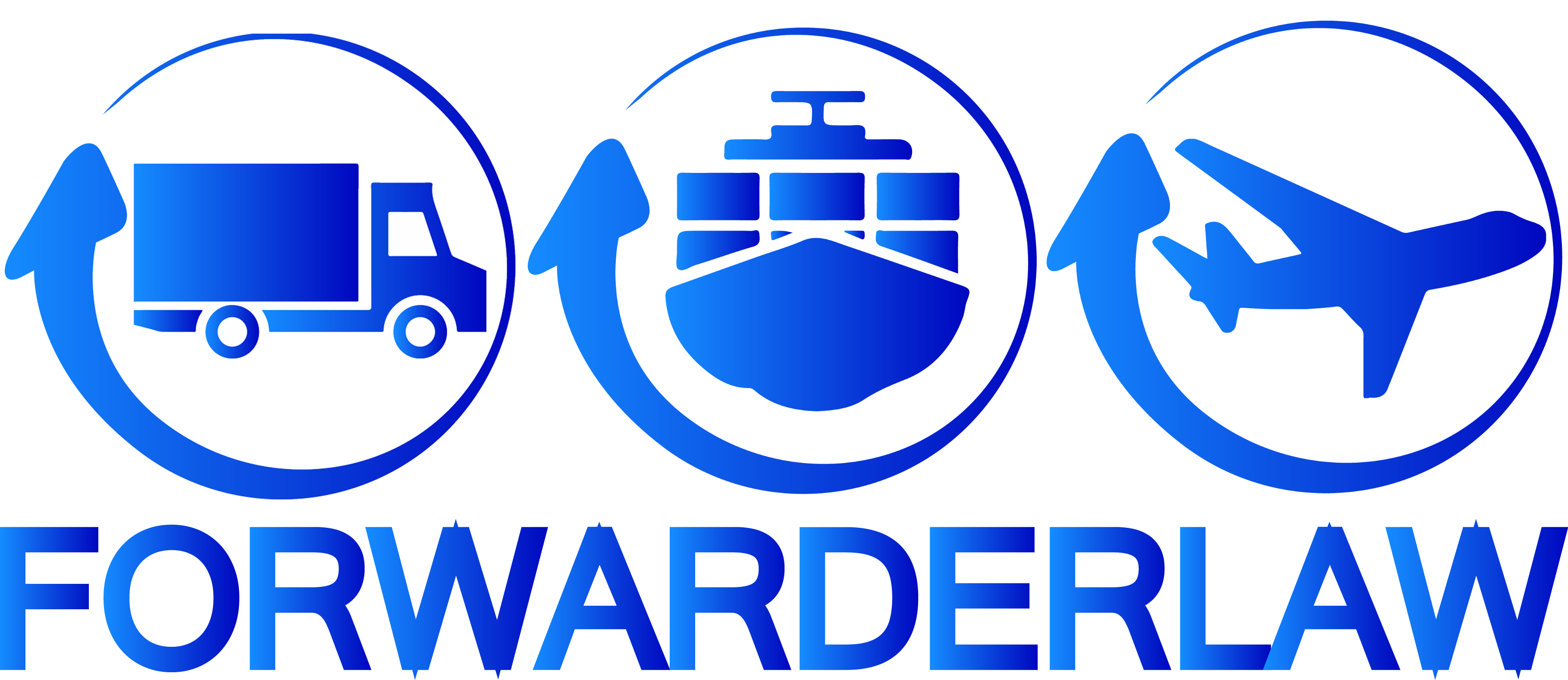Arnold Van Steenderen, Van Steenderen Mainport Lawyers, Rotterdam
Introduction
On 11 September 2015 the Dutch Supreme Court rendered judgment (C&J Veldhuizen Holding B.V. v Beurskens Allround Cargo B.v., S&S 2016/1) on the interpretation of provisions relating to carriage by road performed by successive carriers, in particular Articles 34 and 39 of the Convention on the Contract for the International Carriage of Goods by Road, Geneva, 19 May 1956 (“CMR”).
In summary, in its judgment the Dutch Supreme court ruled that the requirements to be deemed a ‘successive carrier’ under Article 34 CMR are met in the event the main carrier (and other carriers) are only contractual carriers and have not actually performed part of the carriage themselves, as long as the successive carrier itself fulfills all the requirements of said provision of the CMR.
This ruling is generally favourable to cargo interested parties and enables a contractual carrier, held liable by that party, to take recourse against the carrier that in fact performed the carriage, the ‘successive carrier’.
Road carriage from Germany to the Netherlands
In January 2005 a German logistics service provider, Trans-O-Flex Schnell Lieferdienst (“Trans-O-Flex”), was instructed by Hewlett Packard (“HP”) to carry computer equipment from the Netherlands to Germany by road. Trans-O-Flex subsequently instructed another party (Beurskens Allround Cargo B.V., hereinafter “Beurskens”) to perform the carriage of computer equipment from the Netherlands to Germany, which in its turn instructed another party (C&J Veldhuizen Holding B.V., hereinafter “C&J Veldhuizen”). On 21 January C&J Veldhuizen accepted the goods for carriage, after which part of the cargo was stolen at C&J Veldhuizen’s company site.
Trans-O-Flex vs. Beurskens : proceedings in Germany
Trans-O-Flex, successfully held liable by HP, initiated proceedings in order to take recourse against Beurskens before the Landgericht Hanau in Germany. By judgment of 11 September 2007 the Landgericht ordered Beurskens to indemnify Trans-O-Flex for the damages suffered by paying compensation to HP. Furthermore, the Landgericht decided that Beurskens could not limit its liability pursuant to Article 23 CMR, since C&J Veldhuizen had acted grossly negligent within the meaning of Article 29 CMR. This decision was upheld by the Oberlandesgericht in Frankfurt am Main.
Beurskens vs C&J Veldhuizen: proceedings in the Netherlands
Beurskens – a mere contractual carrier as it did not actually perform the carriage itself – initiated proceedings before the Utrecht District Court in the Netherlands against C&J Veldhuizen in order to recover the amounts Beurskens was forced to pay to Trans-O-Flex. Beurskens based its claim on the fact that C&J Veldhuizen should be deemed as a ‘successive carrier’ within the meaning of Article 34 CMR and, therefore, in line with Article 37 CMR, must indemnify Beurskens for what it was forced to pay to Trans-O-Flex following the German proceedings.
The Utrecht District Court awarded Beurskens’ claim by deciding that C&J Veldhuizen must indeed be deemed a ‘successive carrier’. This judgment was upheld by the Amsterdam Court of Appeal on 4 March 2014 and this decision was appealed before the Dutch Supreme Court by C&J Veldhuizen.
Successive carriers within the meaning of Article 34 CMR
Article 34 CMR reads as follows:
“If carriage governed by a single contract is performed by successive road carriers, each of them shall be responsible for the performance of the whole operation, the second carrier and each succeeding carrier becoming a party to the contract of carriage, under the terms of the consignment note, by reason of his acceptance of the goods and the consignment note.” (Emphasis added)
From this provision it follows that three requirements must be met in order for a carrier to be deemed a ‘successive carrier’:
- the carriage must be subject to one single contract, entered into between the principal carrier and the shipper;
- the carrier must have accepted the goods; and
- the carrier must also have accepted the consignment note.
Why is the qualification as a successive carrier under the CMR important?
Among other things, Article 34 determines that the rightful claimant may choose to hold liable any carrier referred to in Article 36 CMR – i.e. the first carrier, the last carrier, the carrier who was performing that part of the carriage during which the event causing the loss, damage or delay occurred or a combination of aforementioned carriers. Such a claimant is not restricted to claim damages from its own contractual counterparty.
Furthermore, the qualification as successive carrier is of importance with regard to potential recourse between the carriers and to their possible defences, which was the issue in the proceedings discussed in this article.
Ruling of the Supreme Court
Is successive carriage possible at all when dealing with a principal carrier that is a mere contractual carrier?
As Beurskens was seeking recourse against C&J Veldhuizen on the basis of Article 37 CMR, the Supreme Court had to decide whether C&J Veldhuizen was indeed a ‘successive carrier’. C&J Veldhuizen argued that it was not, as the principal carrier Trans-O-Flex had not accepted both the cargo and the consignment note and did not perform any part of the carriage.
According to the Dutch Supreme Court, the ratio behind Articles 34-40 CMR is to strengthen the position of cargo interested parties when trying to claim damages from carriers, offering them a wider range of defendants to sue. For the Supreme Court, this was sufficient to interpret Article 34 CMR in such a way that it also applies to the situation in which the principal and other/subsequent carriers are exclusively ‘contractual’ carriers and there is only one carrier that can be deemed successive carrier. The Supreme Court held that this is consistent with the prevailing view in case law and literature of the contracting states to the CMR.[1] [N1]
This ruling of the Dutch Supreme Court establishes that, for the relevant provisions in the CMR to apply, it is not necessary that every carrier in a chain of contracts of carriage is deemed successive carrier. In the case at hand, Trans-O-Flex or Beurskens are no successive carriers as they have not accepted the goods at all, but this does not prevent Beurskens to be deemed as a successive carrier and to take recourse against C&J Veldhuizen on the basis of Article 37 CMR. Beurskens can still rely on Articles 34 and 39 CMR, although it is no successive carrier by all means.
What defences can be put forward by the party against whom recourse is sought?
Article 39 paragraph 1 CMR reads as follows:
“No carrier against whom a claim is made under 37 and 38 shall be entitled to dispute the validity of the payment made by the carrier making the claim if the amount of the compensation was determined by judicial authority after the first mentioned carrier had been given due notice of the proceedings and afforded an opportunity of entering an appearance.”
In this connection, the question as to what defences by the carrier against whom recourse is sought are admissible. Will the successive carrier be bound by rulings in a previous German court decision between two other carriers on which basis the plaintiff is seeking recourse?
According to the wording of Article 39 (1) CMR, the carrier against whom a recourse claim is made under Articles 37 and 38 CMR cannot dispute the liability nor the amount of the compensation to be paid by a carrier in the successive carrier chain as determined by a judicial authority, provided that this carrier was given due notice of the proceedings and had the opportunity to appear in these proceedings.
It has long been established that it is easier to breakthrough the limitation of liability before German courts. Before Dutch courts it is regarded extremely difficult to convince the courts the limitation should be set aside. Therefore, the Netherlands is regarded as a jurisdiction which favours the interests of road carriers.
However, in this case the Dutch Supreme Court, ruled favourable to cargo interested parties. According to the Supreme Court Article 39(1) CMR presupposes that in those proceedings a decision was rendered on the limitation of liability pursuant to Article 23 CMR and the possibility of breakthrough of this limitation in Article 29 CMR. There is simply no other way to establish the amount of compensation under the CMR.
The Dutch Supreme Court therefore ruled that Article 39 (1) CMR entails that the German ruling as to the limitation of liability should be respected, as long as this party was duly notified of the proceedings and had an opportunity to put forward the defence of the limitation of liability in these proceedings.
In this connection the Dutch Supreme Court additionally noted that there is no prevailing view in the case law and literature of the contracting states to the CMR opposing its way of interpreting Article 39 paragraph 1 CMR as set out above.
Comments
This ruling of the Supreme Court means that the requirements to be deemed a ‘successive carrier’ in the meaning of Article 34 CMR are also met in case other carriers are solely contractual carriers and have not actually performed part of the carriage themselves.
A successive carrier will also be bound by an earlier ruling by a judicial authority between two other carriers as to their limitation of liability, provided it was offered the chance to put forward defences in those proceedings. This means that a subcarrier deemed as a successive carrier may, in practice, be bound by a choice of forum clause in favour of, for example the German courts, included in contracts that it is itself not privy to. All road carriers would, however be wise to include a choice of forum clause in their contracts in favour of courts who are generally less willing to breakthrough the limitation of liability of the CMR, such as the courts of the Netherlands.
Carriers will have to consider joinder or intervention and put forward any relevant defences in proceedings between two other carriers on an incident they have been involved in, as they may be bound by the outcome of those proceedings if they fail to do so. As always, a carrier that is sued, will also have to investigate whether it is wise to give notice of the proceedings to other carriers and take recourse against the other carriers.
[N1] The Dutch Supreme Court, in its decision, indirectly referred to German, Austrian and English case law. The German case law referred to is: OLG Stuttgart 20 April 2011, TranspR 9-2011, p. 340-346. p. 345; the Austrian case-law: OGH 29 January 2002, TranspR 11/12-2003, p. 463-465, and the English case law: Ulster-Swift Ltd and Another v Taunton Meat Haulage Ltd v Fransen Transport NV (Third Party) [1977] R.T.R. 449; [1977] 1 W.L.R. 625; SGS-Ates Componenti Elettronici SPA v Grappo Ltd and Others [1977] R.T.R. 442; Cummins Engine Co. Ltd. v Davis Freight Forwarding (Hull) Ltd. and Others [1981] 1 W.L.R. 1363; Arctic Electronics Co (UK) Ltd v McGregor Sea & Air Services Ltd [1986] R.T.R. 207. It is noted that the Supreme Court chose not to follow Belgian case law of the Belgian Court of Cassation in which a more limited interpretation of ‘successive carrier’ is upheld: Belgian Court of Cassation, 30 June 1995, ETL 1996-4, p. 545-557.

